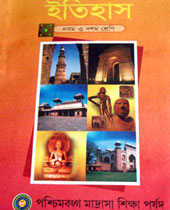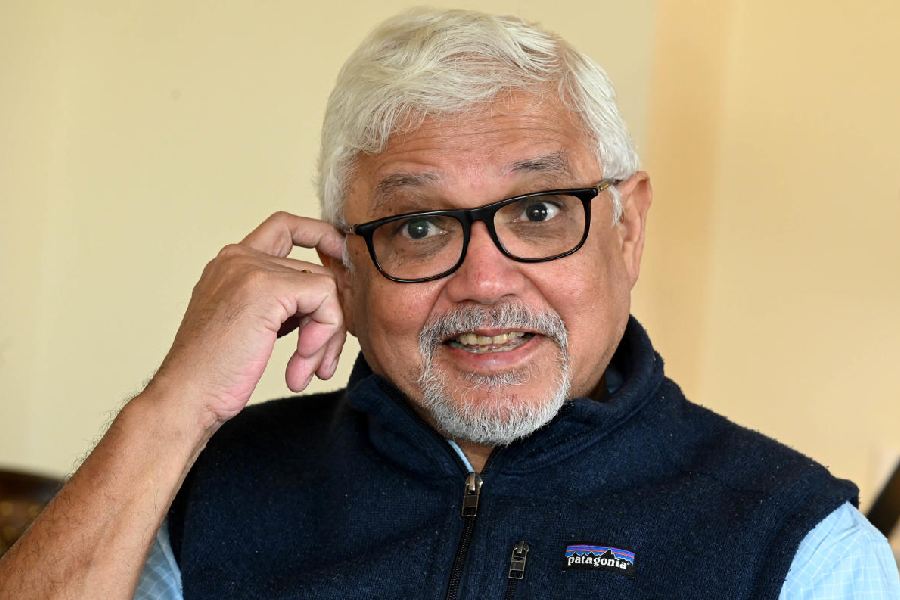|
|
| User friendly |
History books for schoolchildren have always been criticized by parent-teacher associations from two viewpoints. First, from that of political correctness, that is, whether they were secular and did not talk merely of kings and emperors but also of peoples and movements ? a kind of history from below. Second, from their inadequacy of ?facts? that ought to be learnt by children in the school curriculum. Very few have criticized history books from fundamentally pedagogical principles ? language, style, presentation of subject matter and the interaction between history, sociology, politics or what could be called ?social history?.
Two sets of history books have just arrived, the NCERT-revised history textbooks for classes VI, IX and XI (India and the Contemporary World) which is treated here as one unit, and E.H. Gombrich?s A Little History of the World, first published in 1935 and now thoroughly revised and updated. Both break away from the earlier assumption that history was nothing but the names of kings and dates and facts that had to be crammed only for examinations and forgotten soon after. What is new about these books? Can they be models for school texts or supplementary reading?
First, the NCERT books. Whether you like it or not, there is now a clear recognition that physical appearance matters. For children in middle school and onwards, page design with illustrations are more important than content; students would not bother to open them if they are not packaged attractively, and history would be dropped after Class X. For once, these books are filled with illustrations, photographs of historical sites, inscriptions, monuments, reproductions of paintings, and such other visual material. Page layouts provide a sense of space, making the text much more user-friendly.
The content too is presented in creative ways. Extracts from contemporary documents, often of contrasting kinds, have been given. For instance, alongside the official Soviet account of collectivization is a letter by a peasant who hated the changes. On the other hand, gone are the niggardly details about the French and Russian Revolutions that do not enhance our understanding in any way. The little that has been provided emphasize that historical research is ultimately open-ended.
The emphasis that all things merge into one another ? history into politics, sociology and so on ? is not what is new about the book. What is, is the cutting down of facts, or ?the dross of history?. Learning is an interactive process; each unit therefore ends with topics for discussion. If this is followed, there would be a total revolution in the teaching of history.
Gombrich?s Little History of the World is a sheer delight in 40 short chapters. As his daughter, Leonie Gombrich, quotes her father in the Preface, ?this book is not, and never was, intended to replace any textbooks of history...? Just read it and enjoy it.
So, the lesson for textbook writers is simple: Do not push it for kids. Simplicity, clarity, purity of line is all that matters.












